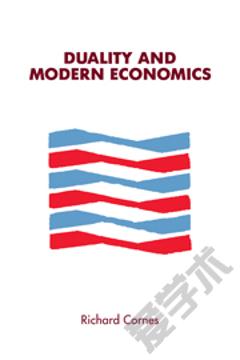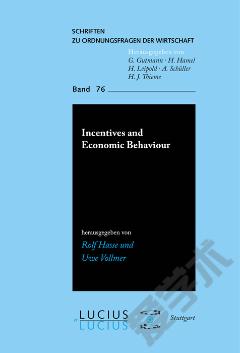Duality and Modern Economics
Dual arguments have become a standard tool for analysis of problems involving optimization by consumers and producers. The principal aim of this book is to provide a fairly systematic yet simple exposition of the basic structure of such arguments. The emphasis is not on providing mathematically general proofs; instead, a geometric approach is used to provide, in an informal way, an intuitive understanding of duality theory. This book introduces the most common alternative ways of representing preferences and technologies, such as indirect utility and distance functions, expenditure and cost functions, and profit and revenue functions. and it discusses the assumptions under which alternative formulations contain precisely the same information. Results such as Roy's identity. the Hotelling-Wold identity, and Shephard's lemma are fully explained. as are their roles in facilitating analysis of behaviour.
{{comment.content}}








 京公网安备 11010802027623号
京公网安备 11010802027623号